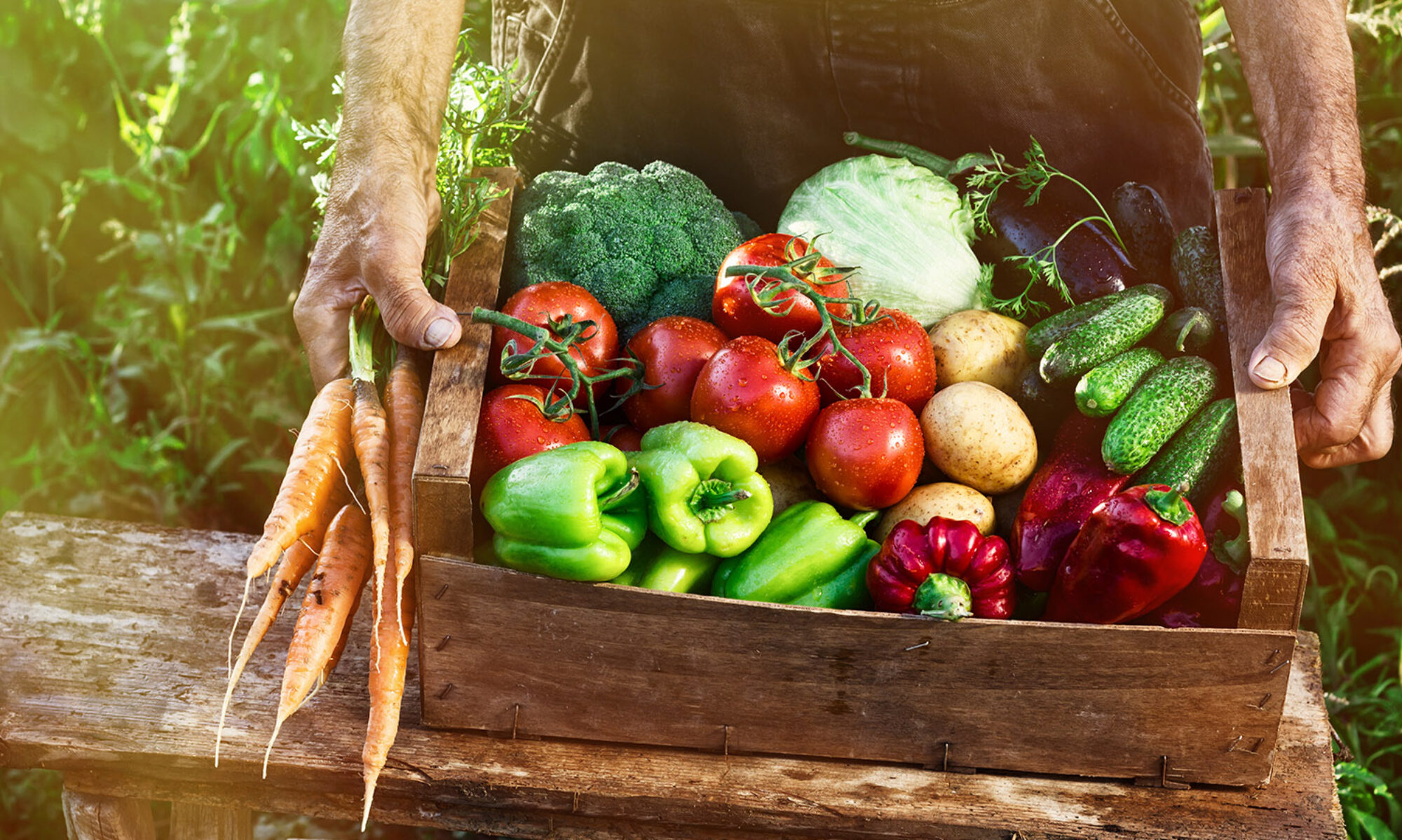 Written by Christina House, 3L at Thurgood Marshall School of Law and 2018-2019 FLSN Student Organizations Chair
Written by Christina House, 3L at Thurgood Marshall School of Law and 2018-2019 FLSN Student Organizations Chair
This past summer I interned at the U.S. District Court for the Southern District of Texas. While interning at the court, I had the pleasure of hearing a range of cases, which included facets of law such as criminal, commercial, immigration, and even food law. More specifically, the topic of content-based speech appeared in reference to food advertisements and food branding. It reminded me of the heavily litigated issue of the term “natural.” Across the nation, manufacturers have used various terms to appeal to the public such as the term “natural.” However, federal food and beverage regulatory agencies—like the FDA—have continued to refrain from defining the term “natural.” Because the FDA has refused to define the term “natural,” the term’s interpretation has been left up to courts across the nation.[1]
Many have argued that the term “natural” is confusing to the public, and, thus, food manufacturers should refrain from using the term on marketing and commercial products for food. Consumers believe that “natural” should be used to describe a food product that is good for you which does not contain “synthetic, highly processed or genetically modified ingredients.”[2] Surveys have shown that because of the public’s uncertainty, product launches using the term “natural” have drastically decreased.[3]
Consumers have become increasingly frustrated and have brought their complaints to the courts. “Nineteen all-natural class actions have been filed… as of July 2017. There were 27 such suits for the entire year of 2016.”[4] Consumer’s suits claim that the confusing term causes them to buy more expensive products specifically because the product is labeled “natural.” In response, manufactures claim there are few guidelines to clarify the rules of food labeling; they are eager for a definitive line to drawn to help them avoid future legal actions.
 A definition from the regulatory bodies will help the courts as they continue to decide these cases. Additionally, a concrete definition will create uniformity within the courts as to whether manufactuers have engaged with the marketplace properly or have indeed mislead the public. Ultimately as my summer came to a close, I made a recommendation to the Court on how to solve the food advertisement and food branding dispute based on the caselaw available under First Amendment commercial speech. Thankfully, in this case, the courts’ rulings within our jurisdiction were consistent and the laws were plain. However, in cases of “natural” litigation the courts are still seeking the same level of uniformity and simplicity.
A definition from the regulatory bodies will help the courts as they continue to decide these cases. Additionally, a concrete definition will create uniformity within the courts as to whether manufactuers have engaged with the marketplace properly or have indeed mislead the public. Ultimately as my summer came to a close, I made a recommendation to the Court on how to solve the food advertisement and food branding dispute based on the caselaw available under First Amendment commercial speech. Thankfully, in this case, the courts’ rulings within our jurisdiction were consistent and the laws were plain. However, in cases of “natural” litigation the courts are still seeking the same level of uniformity and simplicity.
[1] Stephen Safranski & Adams Welle, Natural-Labeling Litigation: Preparing for the Next Five Years, Robins, Kaplan, Miller & Ciresi LLP, https://www.packagingstrategies.com/ext/resources/files/All-Natural-Article-3.pdf.
[2] Caitlin Dewey, The raging legal battle over what makes a food ‘natural’, Wash. Post (Aug. 30, 2017), https://www.washingtonpost.com/news/wonk/wp/2017/08/30/the-raging-legal-battle-over-what-makes-a-food-natural/?noredirect=on&utm_term=.b535ccb44692.
[3] Cathy Siegner, Report: Why brands should stop using the term ‘natural’, FoodDive (Jan. 29, 2018), https://www.fooddive.com/news/report-why-brands-should-stop-using-the-term-natural/515626/ (describing that FONA found that new product launches making “all-natural claims” have fallen by 51% during the past five years, reflecting a growing level of consumer skepticism.”).
[4] Dewey, supra note 2.
